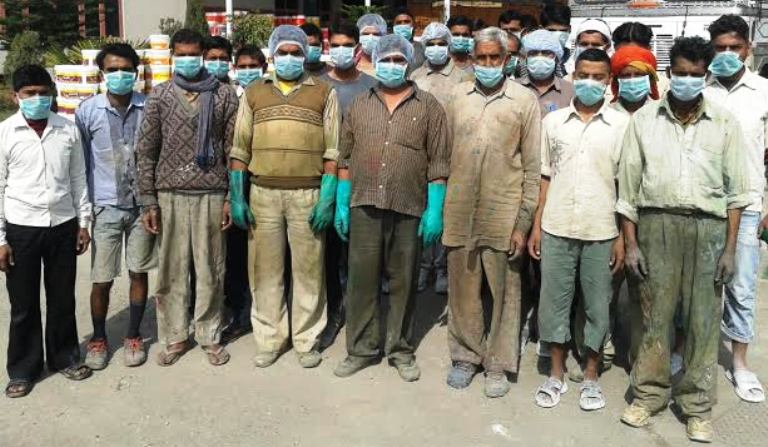Doctors in Kashmir think their experience of tackling swine flu a decade back will aid them in fighting Coronavirus, reports Khalid Bashir Gura

To combat Covid-19, the disease that Coronavirus creates, the governments across the world are closing borders, public places, educational institutions, and other government and private institutions. Restrictions are being imposed on travel as well as the movement of people. The economic, political, religious, social, cultural and sports activities have been deferred.
The world is scrambling to control the spread of Covid-19 that emerged from China’s Wuhan and spread to more than 199 countries. Of 500 thousand people who were infected, more than 24863 have already been killed.
Kashmir, however, recorded its first confirmed case on March 18. The reports suggest the lady is recovering and two of her close relatives have tested negative for the disease. There are three cases in Jammu and 10 in Ladakh.
The new diseases came almost a decade after H1N1, also called Swine Flu, which created a global pandemic in 2009. It is managed but it survived across the world as seasonal flu.
In the past five years, at least 87 people have died due to swine flu in J&K, with 2019 witnessing the highest number of deaths.
According to the Ministry of Health and Family Welfare, which maintains records of swine flu cases across India under its Integrated Diseases Surveillance Programme (IDSP), at least 27 people died of swine flu in J&K in 2019. Similarly in the preceding four years, 43 people died of this seasonal flu in J&K.
Right now when the SKIMS has set aside part of its infrastructure, it still has a section dedicated to Swine Flu where almost a dozen are admitted. Interestingly the new virus is an upgrade of the HINI.
In 2009, when swine flu became a global pandemic, Dr Suhail Naik, was infected. He self- quarantined at home. “It was a life-threatening disease and I didn’t want others to be affected,” said Dr Naik who is now president of the Doctors Association of Kashmir. “But there was a psychological satisfaction that even if one had the disease there is medicine for it. But there is so far no treatment for Covind-19”.
Dr Naik says the experience of containing the swine flu pandemic can also help doctors and paramedics in Kashmir dealing with Covid-19. It can only be prevented if governments adhere to the guidelines issued by the World Health Organization (WHO) as they did during swine flu.
“China used its swine flue eradication experience to tackle Covid-19,” says the doctor.

H1N1 and coronavirus have many similarities. Both are respiratory viruses with the same mode of transmission and both can be fought by social distancing and maintaining personal hygiene.
Dr Parvez Koul, Professor of Internal and Pulmonary Medicine, shares his long experience of treating the H1N1 outbreak since 2009.
“Covid-19 was going to come; it was only a matter of time,” says worried Dr Parvez Koul.
“Comparing two scenarios we are better prepared,” says Dr Koul.“In 2009 we had never witnessed a pandemic ever in life. This time we have an experience of tackling theH1N1outbreak. However the problem is Covid-19 is a new virus, so we have yet to understand its behaviour,”.
Dr Koul added that the experience of Kashmiri doctors in treating seasonal flu every year will come in handy to them in the fight against Covid-19.“During H1N1 we had no diagnostic lab. The tests were shipped to Jammu and it took days for the results to come,” says Dr Koul. “Also people then were unaware of Swine Flu, now they are more informed”.
In 2009 and subsequent flu outbreaks, Dr Koul adds, they had established separate OPDs. “We created isolation facilities. Ward 5 at Sher-e-Kashmir Institute of Medical Sciences (SKIMS) was closed down and converted into influenza ward,” says the doctor. “Those models can be replicated”.
A lot of H1N1 cases are still reported in Kashmir. As there is a drug for H1N1 now, people get vaccinated against it in September or October.
Dr Naveed Nazir Shah, who heads the Government Chest Disease Hospital (CD), says that the treatment plan is almost the same for all the viral diseases. “Patients are isolated to minimize the spread of infection and that experience comes from dealing with past flu cases,” says Dr Shah. “In 2009 we had no facilities. No isolation wards, testing labs or ICUs. But now we have developed the facilities and there is a virology lab available for tests”.















